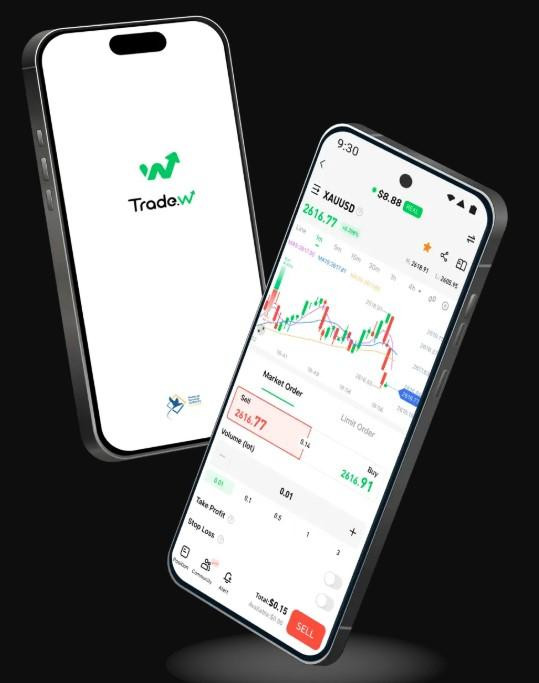A Comprehensive Guide to Getting Started in Stock Trading for Beginners
Stock trading is one of the most exciting and rewarding ways to grow your wealth. As a crucial part of the global financial system, it allows investors to buy and sell shares in publicly listed companies. With the rise of crypto profit calculator, the stock market has become more accessible than ever, opening doors for both beginners and seasoned investors.
For newcomers, however, the stock market can feel overwhelming. From understanding how to pick the right brokerage accounts to mastering essential trading strategies and risk management techniques, this guide will break down the process and provide a comprehensive introduction.
Choosing the Best Stock Trading Accounts
Before you dive into the world of stock trading, the first step is opening a brokerage account. This is where you will manage your investments, including buying and selling stocks. There are several types of brokerage accounts, each with its own benefits and limitations.
Brokerage Account Types
Standard Brokerage Account: This is the most common type of account. It allows you to buy and sell stocks freely without restrictions. While it doesn't offer any tax advantages, it's a great option for those just starting.
Tax-Advantaged Accounts: Certain accounts, like IRAs (Individual Retirement Accounts) or 401(k)s, offer tax benefits, though they may have restrictions on withdrawals.
Margin Accounts: These accounts allow you to borrow money from your broker to trade stocks, amplifying both your potential gains and risks. While margin trading can be lucrative, it is important to understand the risks involved.
Key Factors in Choosing a Broker
Selecting the right broker is crucial to your trading experience. Here are key factors to consider:
Fees & Commissions: Many brokers charge a fee for each trade, but some now offer commission-free trading. Look for brokers that offer low or no fees to maximize your returns.
Trading Platform: Your broker’s platform should be user-friendly, offering real-time data, market analysis tools, and a seamless trading experience. A platform with research tools can help you make informed decisions.
Customer Service: Good customer support is invaluable, especially during market volatility. Choose a broker with reliable customer service that can help you in times of need.
Market Access: Some brokers give you access to a variety of markets beyond stocks, including commodities, cryptocurrencies, and forex.
Recommended Broker Systems for Beginners
For newcomers to stock trading, user-friendly platforms like Robinhood, E*TRADE, TD Ameritrade, and Fidelity are popular choices. These platforms are easy to navigate and provide a wealth of educational resources to help you get started.
Understanding the Stock Market
The stock market is a place where investors buy and sell shares of publicly listed companies. It serves two primary functions:
Raising Capital: Companies use the stock market to raise funds by selling ownership stakes, known as shares. These shares represent a portion of ownership in the company.
Investment Opportunity: For investors, the stock market offers an opportunity to grow wealth by purchasing shares in companies and potentially earning returns through capital gains and dividends.
Key Market Categories
Primary Market: This is where metatrader 4 first issue new shares through Initial Public Offerings (IPOs). The primary market allows businesses to raise capital from public investors.
Secondary Market: After shares are issued, they are traded among investors in the secondary market. This is where most trading activity happens.
Major Stock Exchanges
Some of the largest stock exchanges in the world include:
NASDAQ: Known for its focus on technology and growth stocks.
New York Stock Exchange (NYSE): One of the largest and most well-known stock exchanges globally.
London Stock Exchange (LSE): A major European stock exchange.
What Affects Stock Prices?
Understanding what drives stock prices is critical for successful trading. Prices fluctuate based on supply and demand. When more investors want to buy a particular stock, its price rises. Conversely, when more investors sell, the price falls.

Comments
Post a Comment